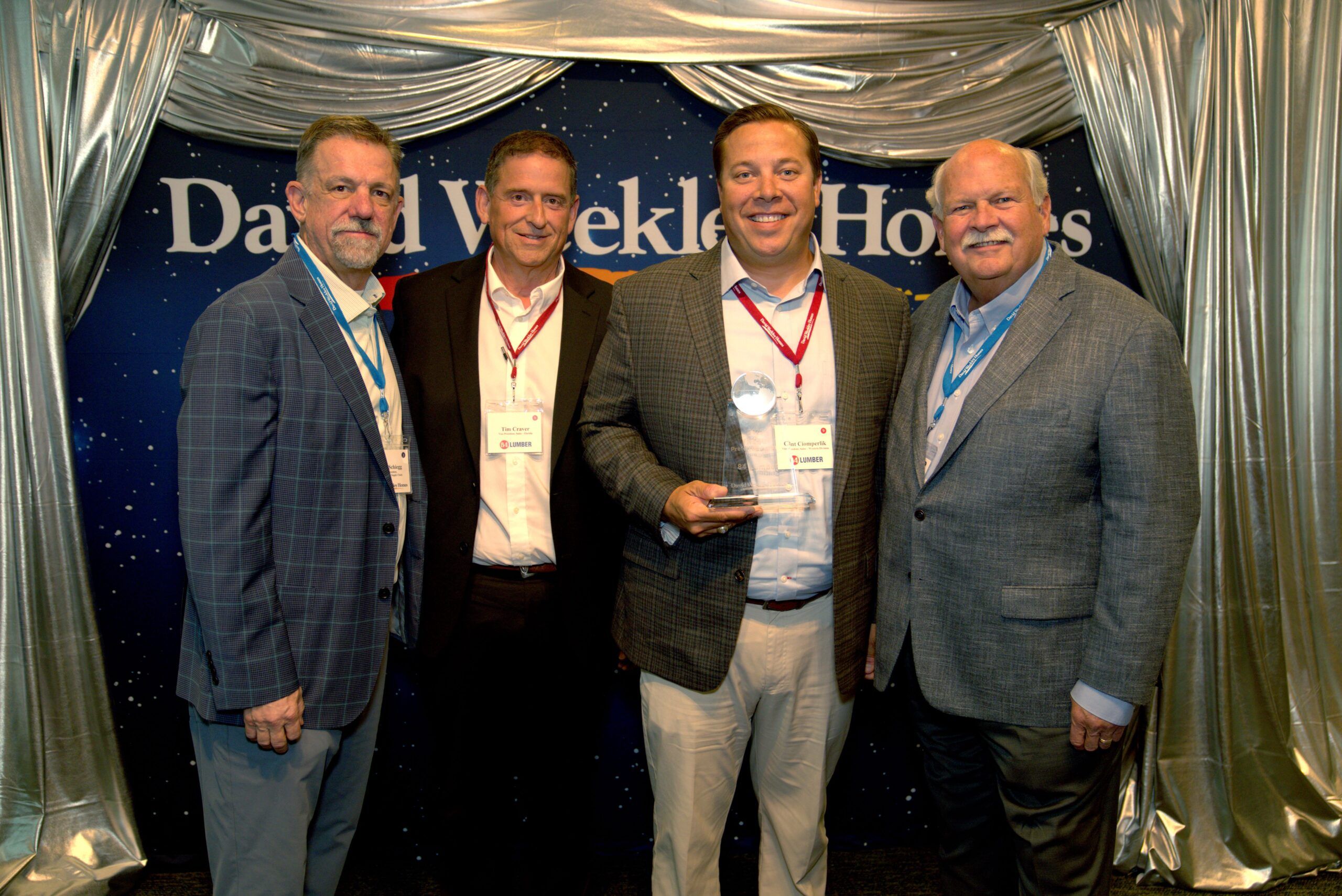As enhancements in technology continue to evolve and industries change, the plumbing sector is not left untouched. This article seeks to delve into a paradigm-shifting development within the industry—pipe relining. This technique is pitted against the traditional pipe replacement method to contrast and compare their advantages, functionality, and overall benefits. For property owners, property managers, and plumbing professionals, this breakthrough technique could signal a significant change in how repairs and maintenance are handled, promising greater efficiency and reduced disruption.
Understanding Pipe Relining and Traditional Pipe Replacement
At its core, pipe relining is an innovative repair method that fixes broken or leaking pipes without the need for extensive digging. This trenchless technique creates a ‘pipe within a pipe’, utilising a resin that cures in place over time, resulting in a smoothly functioning pipe system. Quick burst pipe repair services saved our home from extensive water damage during the last winter freeze.
Conversely, the traditional pipe replacement involves a more manual and considerably invasive process. This approach requires digging up the existing pipe, removing it, and replacing it with a new one. Although both techniques aim to rectify pipe damage, their means of execution, efficiency, and cost-effectiveness significantly vary.
Detailed Exploration of Pipe Relining
Pipe relining is a multi-step process that starts with a thorough inspection of the pipe system using a video camera. This allows the professionals to locate the exact area of damage. Following this, a flexible tube coated with epoxy resin is inserted into the pipe. Upon inflation, the resin hardens, creating a solid, durable pipe within the existing one.
Materials used in the pipe relining process include a special tube, typically made from felt, and a thermosetting resin. This resin is key as it hardens upon curing, leaving behind a highly resilient surface, often stronger than the original pipe material.
Pipe relining is suitable for a variety of scenarios, from pipes damaged due to tree root infiltration, ageing, rusting, or even cracks resulting from ground movement. Furthermore, this process requires a significantly smaller time frame, typically 3 to 4 hours, including curing time, making it an expeditious alternative.
The Real Costs of Traditional Pipe Replacement
Traditional pipe replacement is a comprehensive and time-consuming endeavour. This involves locating the damaged site, removing the earth layers to access the faulty pipe followed by the actual process of removing and replacing the pipe.
Although material costs for traditional pipe replacement depend on the type of pipe being used, the lion’s share of the expenditure is in tackling the painstaking excavation process. This includes the cost of hiring manpower for digging and the use of heavy machinery. Additionally, the excavation process not only disrupts the existing landscape and infrastructure but also adds the overhead of significant restoration costs post-replacement.
Comparing Efficiency: Pipe Relining vs Traditional Replacement
When evaluated purely on efficiency and time-management, pipe relining emerges as a clear winner compared to traditional pipe replacement. With its less labour-intensive approach, reduced disruption of everyday life and environment, thanks to minimal excavation, pipe relining allows property owners to restore regular home activities sooner.
The epoxy resin liners used in pipe relining have a superior lifespan than conventional pipes and are resistant to usual forms of damage, including cracks and corrosion. This makes them a permanent solution for blocked drains offering an exemplary model of smart problem solving.
Environmental Impact: Pipe Relining vs Traditional Replacement
From an environmental standpoint, pipe relining offers a less destructive alternative. As it involves no or minimal excavation of the ground it doesn’t disrupt flora and fauna within the premises. It also tackles waste production as there’s rarely any debris to dispose of, given that the old pipe remains in place and merely serves as the host for the new one.
In contrast, traditional pipe replacements lead to a large environmental footprint. Ground excavation, potential damage to existing ecosystems is a common occurrence. Also, disposal of old pipes creates waste management issues.
Conclusion
In conclusion, pipe relining surpasses traditional replacement in cost-effectiveness, efficiency, speed, and environmental impact, making it favored by homeowners and businesses. Its long-term, minimally invasive solution stands out, emphasizing the need for continued research and development in innovative plumbing technologies for a sustainable future.











